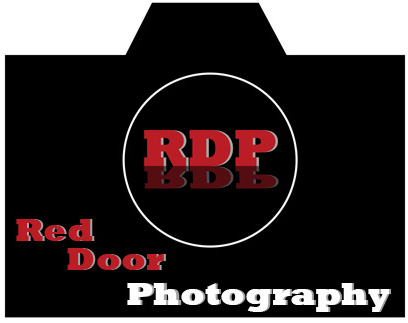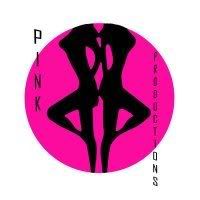
Ok so I typed this whole blog this morning on Lightroom and the advantages of it and when I went to post it, it was all gone... Now I'm starting over. Let me first start by saying that if you weren't at the Havana club Friday night. The scene above is the kind of thing that you missed out on. Lots of beautiful people, lots of dancing and a good time was had by all. I spent my night in the VIP room with the Amanda's but we still had fun none the less. I have had some people asking about Lightroom and specifics to it so I thought that I would do a series of posts on it every day this week starting with today, and why I love Lightroom.
Let me preface this by saying that I am in no way trying to convey myself as a Lightroom God, professional, guru, master, or otherwise. I am simply a guy who loves it and wants to tell you all why I love it, and what I know about it. Today I'm going to start with why I use lightroom, and why it has replaced photoshop for 90% of my editing.
To start with, Lightroom at it's core isn't an editing program. It's a database. It is designed to import, store, and organize your photos in the most efficient way possible. Whether you're using a Mac or PC, desktop or laptop, you will be able to use and appreciate Lightroom. For the Desktop users, it'll be a wonderful new way to store and edit your photos. For laptop users it will also be wonderful for those things, but also Lightroom will allow you to free up your hard drive space on your laptop by putting all of the images you have on an external hard drive while leaving a thumbnail copy on the laptop to reference. This will do a number of things. First it will put less wear and tear on your primary laptop hard drive, and second it will allow your computer to run faster because of the decreased amount of information stored on the internal hard drive. Along with the added free space on your external hard drive, you will also have the added ability(if you have a second external hard drive) to make a duplicate copy of your photos while they're importing into the primary hard drive. This is great for people like me who are always afraid of loosing their files.
Once in Lightroom you have a number of options. First you can simply place the files into groups or categories as lightroom calls them, and use them the way they are. You can also use the "DEVELOP" module to edit your photos to your liking. You also have the ability to create a slide show in the "SLIDE SHOW" module. These are all great things to be able to do, but the first thing I like to do when I get my files into Lightroom is to go through and get rid of all of the bad files immediately. The shots where the flash didn't fire, or the person was out of focus. The shots that don't have a chance at making the final processed folder. This is made very easy by the selection method Lightroom employs. It allows you to break the files down into "picks" and "rejects". Now it also gives you the power to rate the photo from one to five with stars, as well as assign the photos a color based on it's status.(the user defines what these color statuses mean). I don't bother at this point with all of that, I just say yes it's a keeper, or no it's not. Once you go through and decide that for all of the images, you can then either just remove them from the catalog (Lightrooms term for it's database) or you can delete them permanently from the disk. It's your choice. To go through a couple hundred images it only takes a few minutes. Lightroom makes it that easy.
Next one might move on to the "DEVELOP" module. This is the editing module. I have to tell you that because of this section of Lightroom, I have reduced my photoshop usage by about 90%. I can do most every "normal" edit in Lightroom's Develop module. You can adjust exposure, hue, contrast, saturation, and much much more. You also have the ability to crop, and heal(clone stamp) the images. There are many many more useful tools included in this module but I'll get to those in the Develop module post later this week.
Once you have edited your images, you have the option to stop there and burn them to disk for print or client approval, or you can create a slide show in the slide show Module. This section of Lightroom allows you to take whatever images you have edited and create a nice very customizable slide show that you can present to the customer. It also can include music, file info, etc... Very nice when showing a client their images.
Once you're done with the editing and slide shows, you get back to what Lightroom is really about, organization. You have the ability to sort and group files a number of different ways, which we'll get into tomorrow when I do my first post on the beginning module/functions setup and importing. On the days following I'll work my way into the develop module and then to the slide show module. I hope you'll continue to follow and read the rest of the week to learn about those modules and their capabilities. I hope to teach you everything that I know about Lightroom so that you too can enjoy the increased productivity and workflow ease that comes with its use.
Hope to see you all here tomorrow. Jason






I was pleased to see that this will work for cataloging the pictures I don't keep on my laptop! Thanks for the post!
ReplyDelete